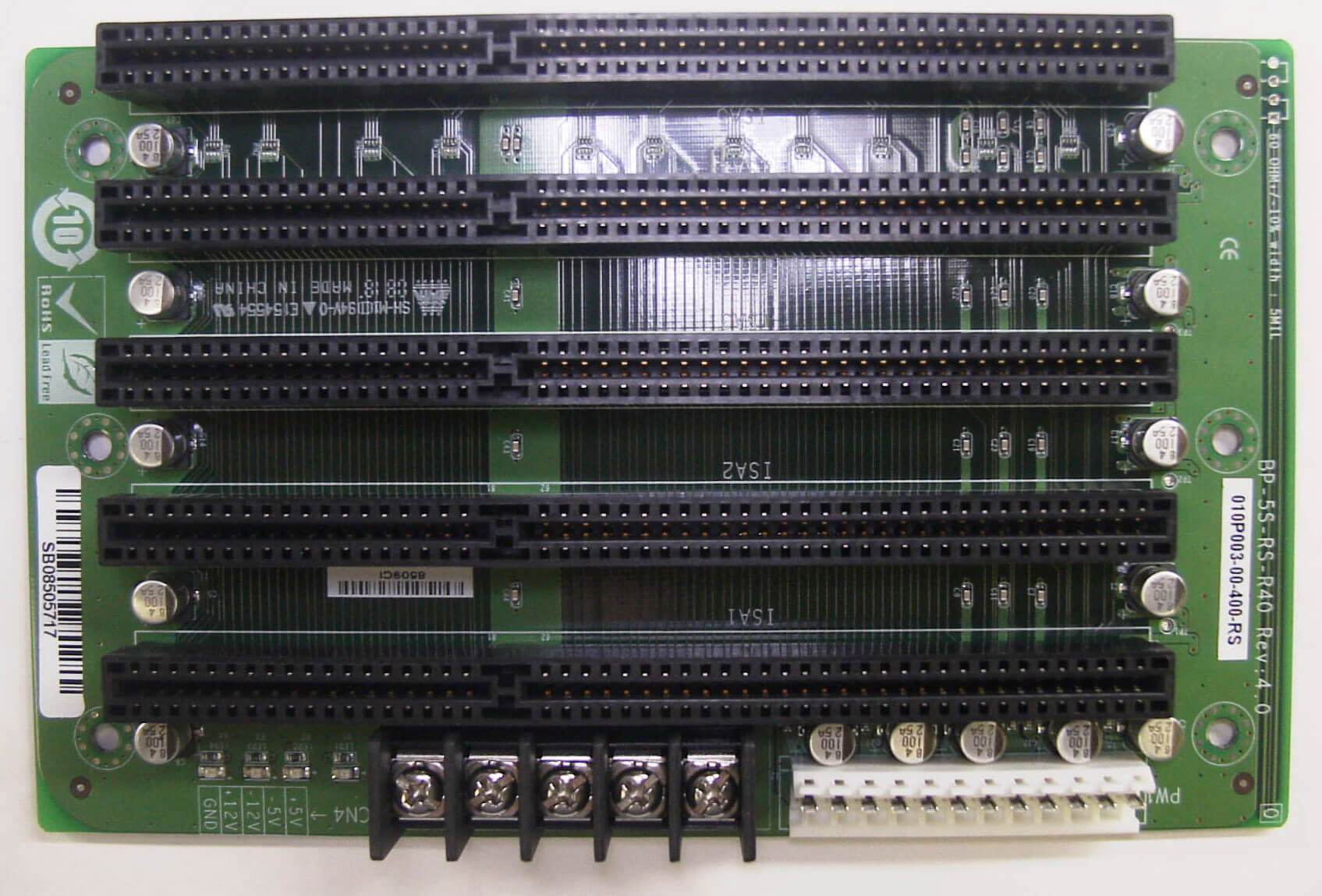ISA stands for Industry Standard Architecture. ISA was introduced in 1981 as a type of bus used in PCs for adding expansion cards. ISA is one of the oldest forms of an expansion slot on a computer’s motherboard. ISA original 8-bit version.
In 1993, Intel and Microsoft introduced the latest version of the ISA specification called Plug and Play ISA. Plug and Play ISA enables the operating system to configure expansion boards automatically so that users do not need to fiddle with DIP switches and jumpers.
Some issues with the ISA bus are:
- ISA is narrow and slow. ISA bus uses a lot of time for every data transfer, and it only moves 16 bits in one operation. The ISA bus cannot transfer enough bits at a time. It has a limited bandwidth.
- ISA has no intelligence. This means that the CPU must control the data transfer across the bus. The CPU cannot start a new assignment until the transfer is completed. You can observe that when your PC communicates with the floppy drive, while the rest of the PC is waiting. Quite often the whole PC is sleeping. That is the result of a slow and unintelligent ISA bus.
Related Posts:
What is ExpressCard?An ExpressCard is an interface to allow peripheral devices to be connected to a computer, usually a laptop computer. ExpressCards is a hardware standard replacing PC cards or PCMCIA cards.
What is CardBus?CardBus is the latest enhancement to the PCMCIA 5.0 or later. PMCIA stands for Asociación Internacional de Tarjetas de Memoria. CardBus was introduced in 1995 and present in laptops from late 1997 onward. The main purpose of CardBus was to extend the existing PCMCIA bus to allow more powerful devices, and also provide support for 32 Bit I/O.
What is PCMCIA?PCMCIA is the short for Personal Computer Memory Card International Association. It is pronounced as separate letters. PCMCIA is also known as PC Card.
PCMCIA was originally designed for adding memory to portable computers, the PCMCIA standard has been expanded several times and is now suitable for many types of devices
What is the difference between AGP and PCI?The primary advantage of AGP over PCI is that it provides a dedicated pathway between the slot and the processor rather than sharing the PCI bus. In addition to a lack of contention for the bus, the point-to-point connection allows for higher clock speeds.
What is PCI Express?PCI Express stands for Peripheral Component Interconnect Express. It is also known as PCIe.
What is AGP Pro?AGP Pro was launched in 1998 as an AGP interface extension specification for advanced workstations. AGP Pro bus is a specification that provides a direct connection between the graphics adapter and memory.
What is AGP?AGP is the short for Accelerated Graphics Port. It was designed in 1997 as a successor to PCI type connections.
What is PCI-X?PCI-X is the short for PCI-eXtended. It was developed in 1998.

